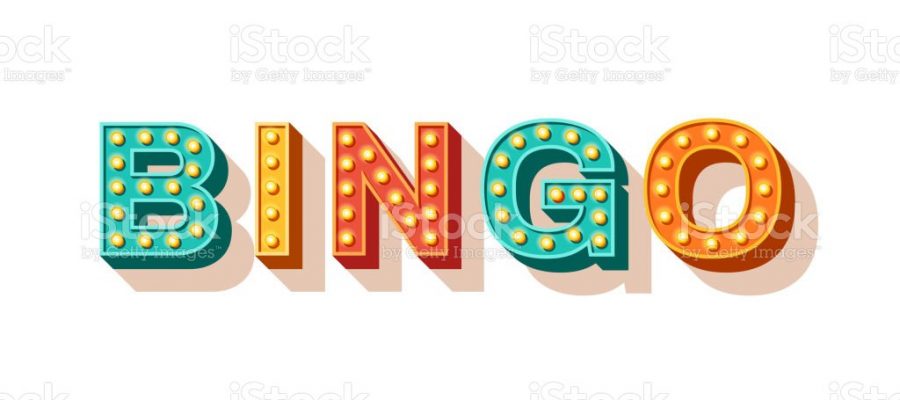Content Table:
Bingo: The Timeless Game of Chance
Bingo has long been a cherished pastime, offering fun and excitement during gatherings, parties, and various events. This engaging indoor game allows players to experience the thrill of chance as they mark off numbers on their cards based on randomly drawn balls. Its simplicity and the opportunity for prizes make it a popular choice among players of all ages.
How Bingo Works
The game is played using cards designed in a 5×5 grid, with each column representing a letter from the word “BINGO.” Players receive cards filled with random numbers, and as the game progresses, numbered balls are drawn at random. The objective is to cover the corresponding numbers on the card, with players winning prizes for completing specific arrangements, such as horizontal, vertical, or diagonal lines.
Bingo is often referred to as a game of chance. It provides a unique blend of excitement and anticipation as players eagerly await the announcement of the next number. The social aspect of the game adds to its charm, as friends and family gather to play together, cheering for each other’s wins.
A Brief History of Bingo
The origins of Bingo can be traced back to the Italian lottery game known as “Lotto,” which dates back to 1530. The game gained popularity in France around 1778, where the playing card was structured with three horizontal rows and nine vertical columns. Each horizontal row contained five numbered squares and four blank spaces, ensuring that no two Lotto cards were alike. Players would listen for called numbers while attempting to complete their rows.
In the United States, Bingo has primarily been associated with churches and charitable organizations. Many community events feature Bingo as a way to raise funds, while some states have dedicated Bingo halls. The rise of commercial Bingo games in casinos has also contributed to the game’s popularity.
Interestingly, educational Lotto games became widely popular in the 1800s, especially in Germany, where they were designed to help children learn multiplication tables.
Changing Perceptions of Bingo
Once considered a game primarily for older women, Bingo has evolved to attract participants of all genders and ages. In the early 20th century, the game made its way to Australia, where it was known as “Housie.” Initially played in large canopies before transitioning to indoor halls, the winner was referred to as “House.” This shift in culture helped Bingo establish itself as a mainstream game enjoyed by many.
The Modern Bingo Experience
Today, Bingo continues to thrive as a popular social activity. It is often the highlight of family gatherings, parties, and community events. The accessibility of the game makes it easy for anyone to join in, whether playing for fun or competing for prizes. With the advent of online Bingo platforms, players can now enjoy the game from the comfort of their homes, further expanding its reach and appeal.
In conclusion, Bingo is more than just a game; it’s a timeless activity that brings people together, fostering connections and creating lasting memories. Whether you’re marking off numbers in a hall filled with friends or playing online, Bingo offers a delightful escape into the world of chance and excitement.



